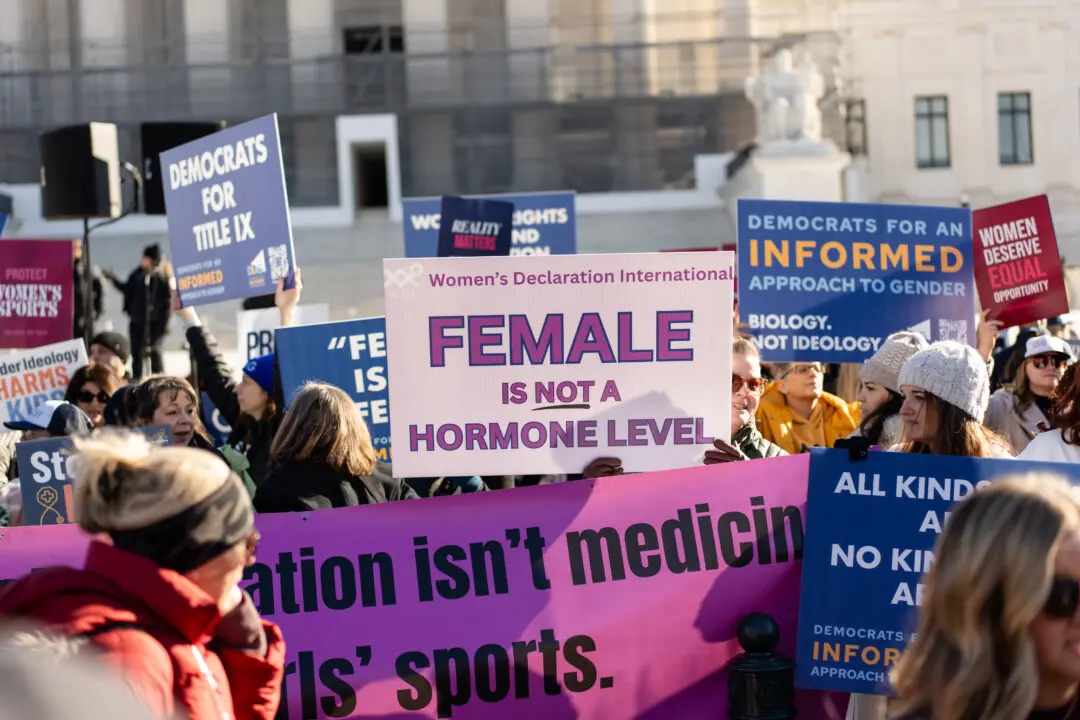As inflation continues to remain elevated, Americans are struggling to make ends meet and finding that there isn’t much leftover after making monthly payments, according to a recent survey by LendingClub.
As of September 2022, 63 percent of U.S. citizens were living paycheck to paycheck, up 5 percent from 57 percent in September 2021. Last month’s number is close to the historical high of 64 percent hit in March. The survey, conducted among 3,492 U.S. consumers, found that 66 percent of those living paycheck to paycheck have reduced spending, 55 percent have limited spending capacity, and 49 percent have changed their shopping preferences.





